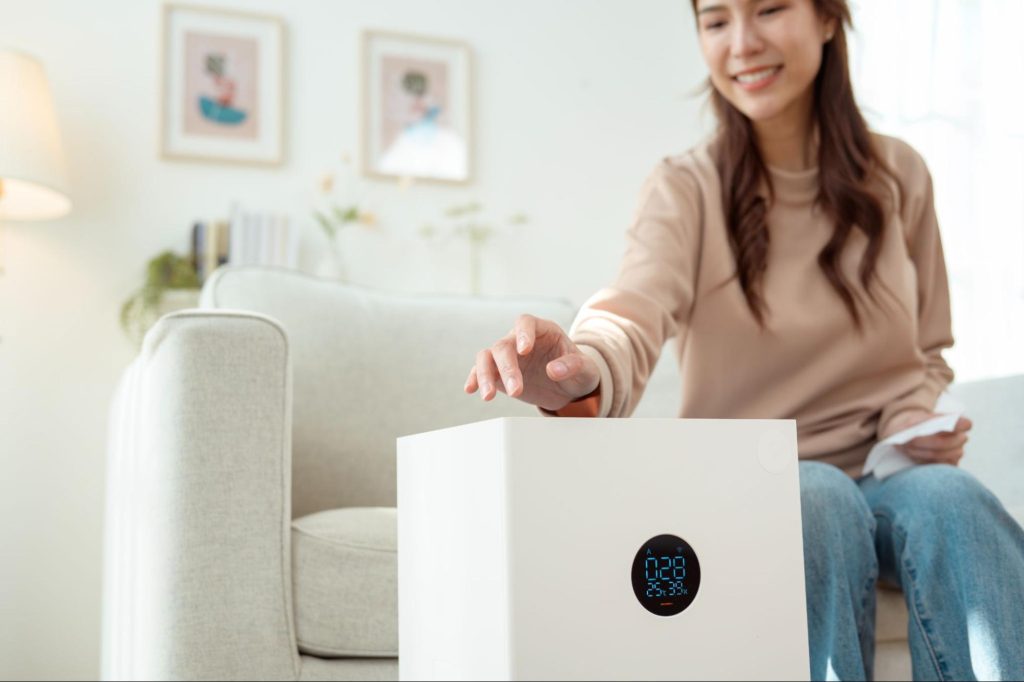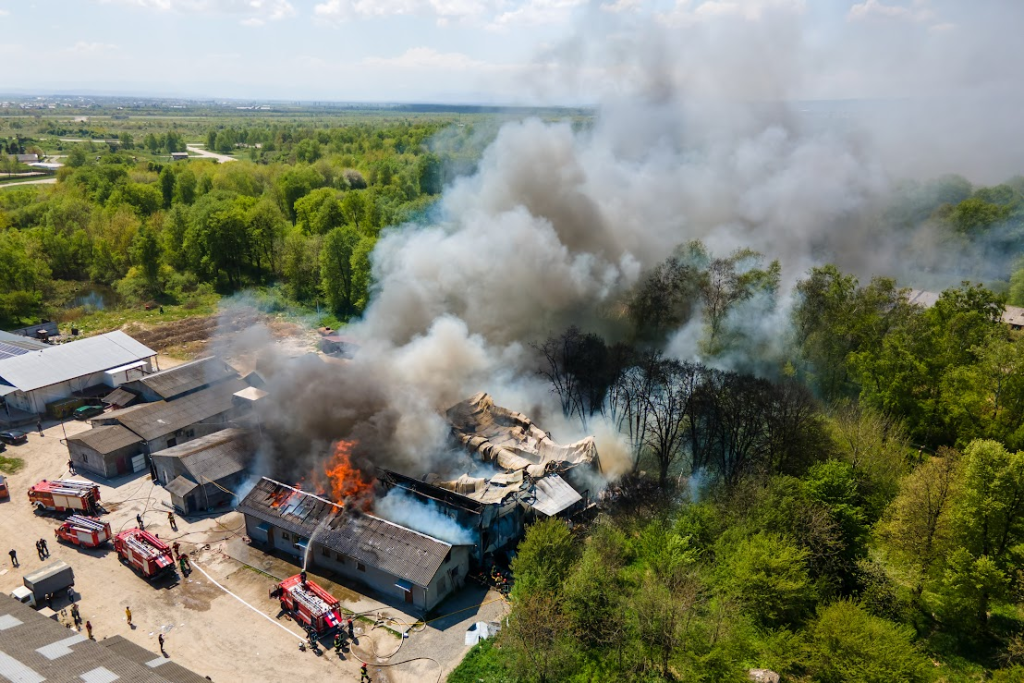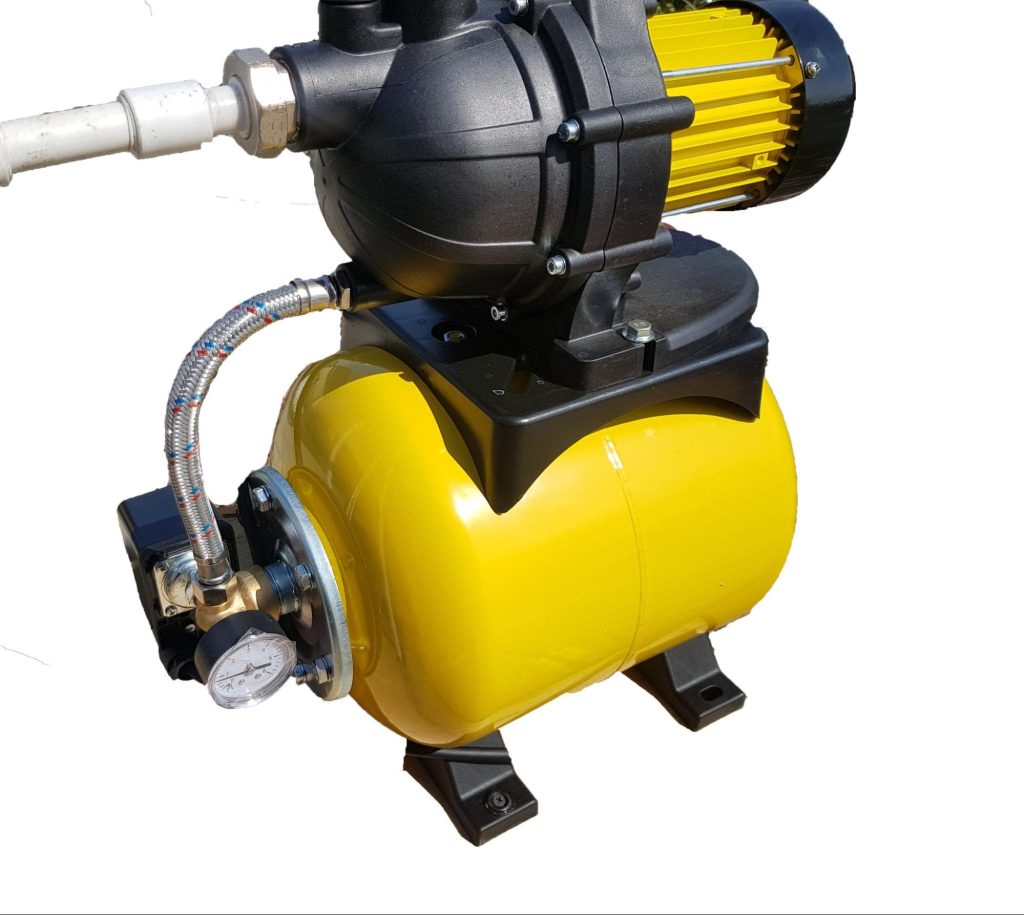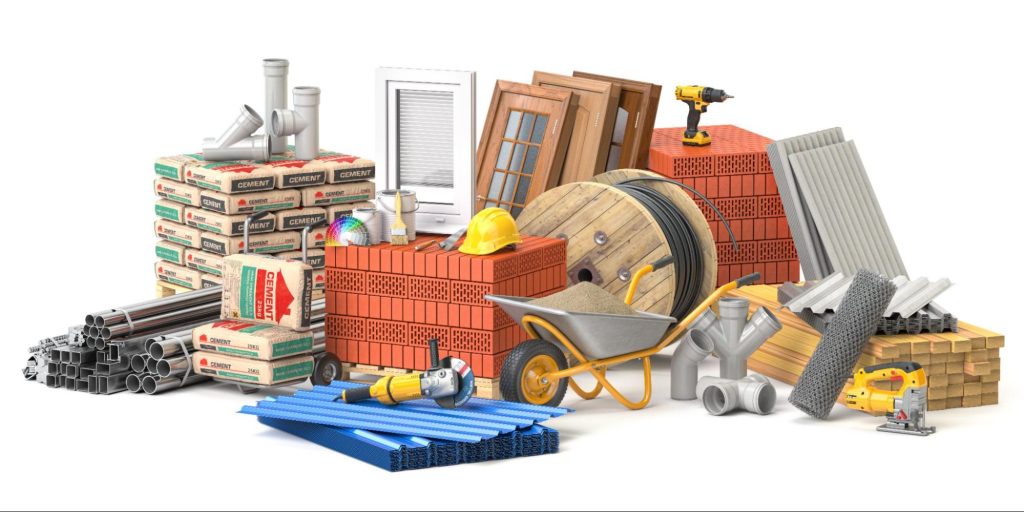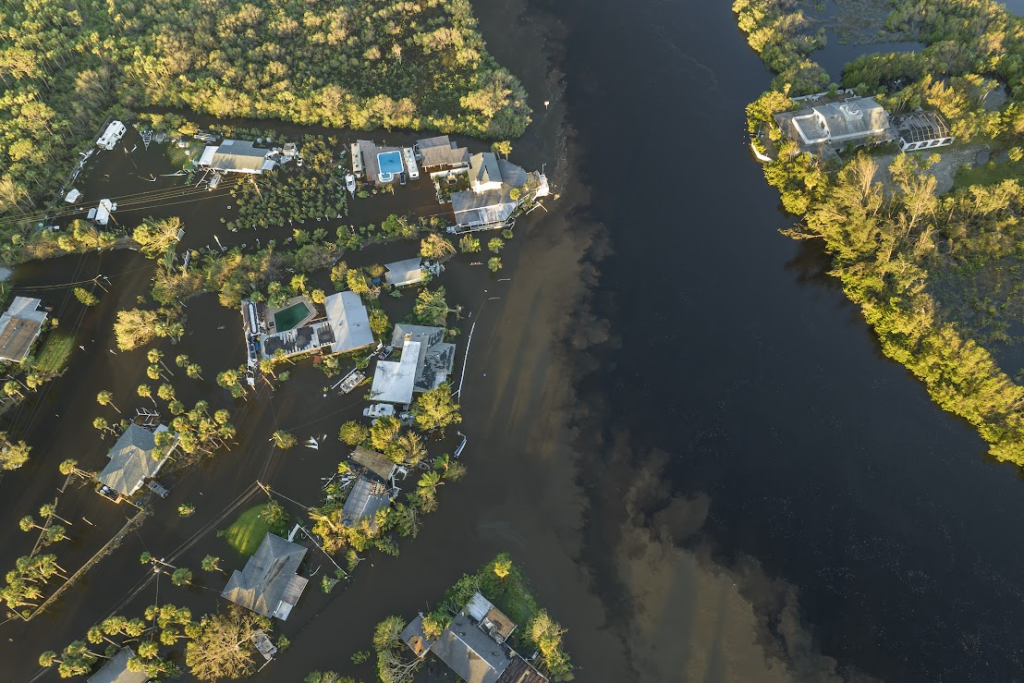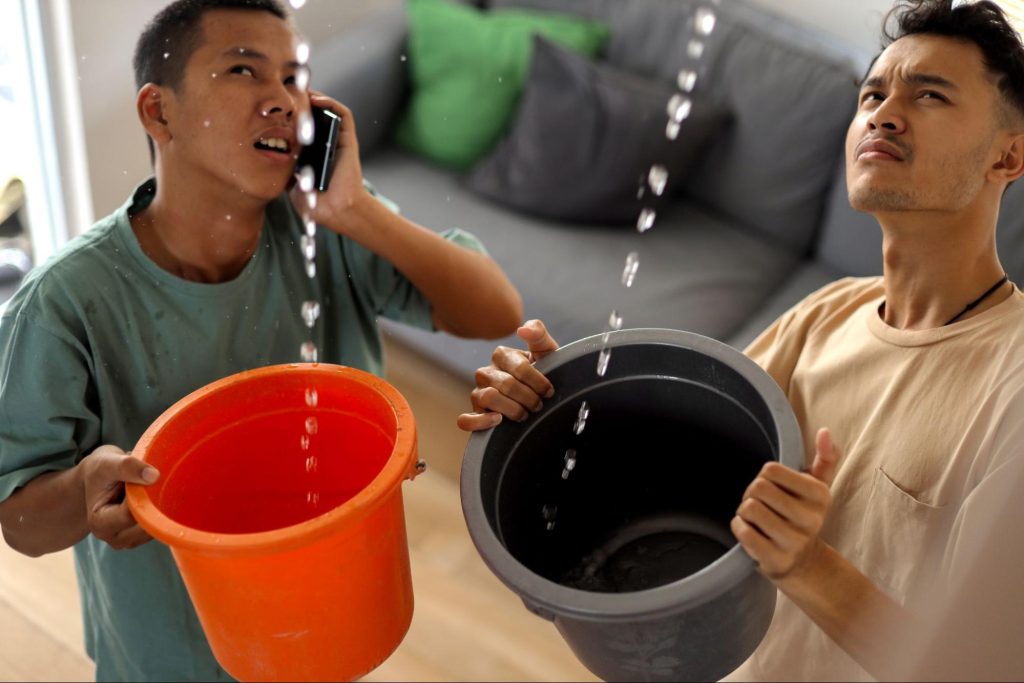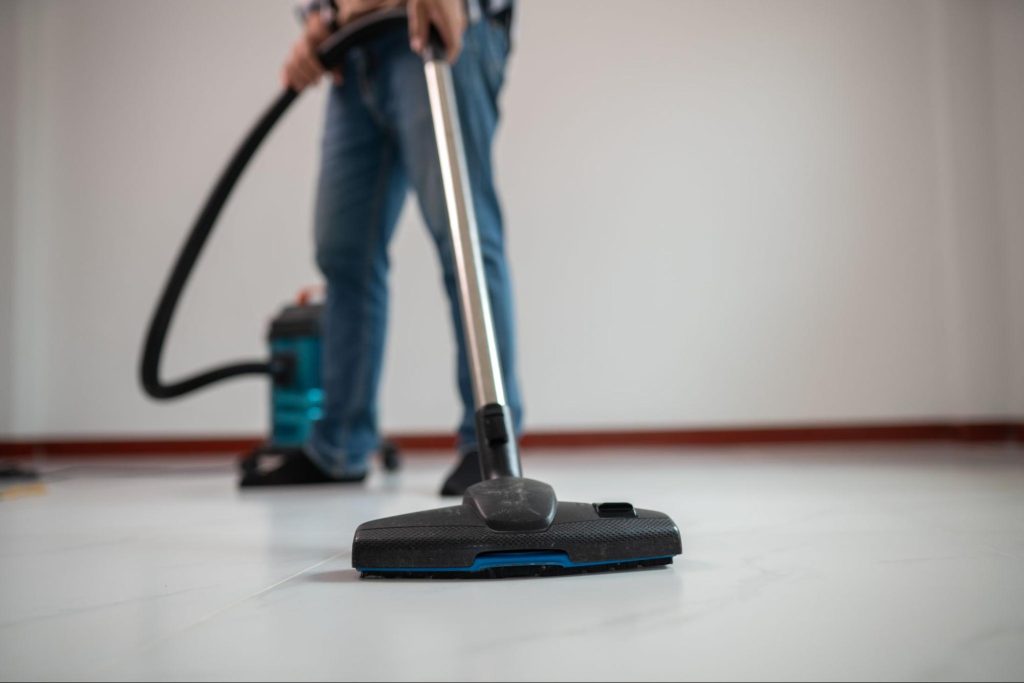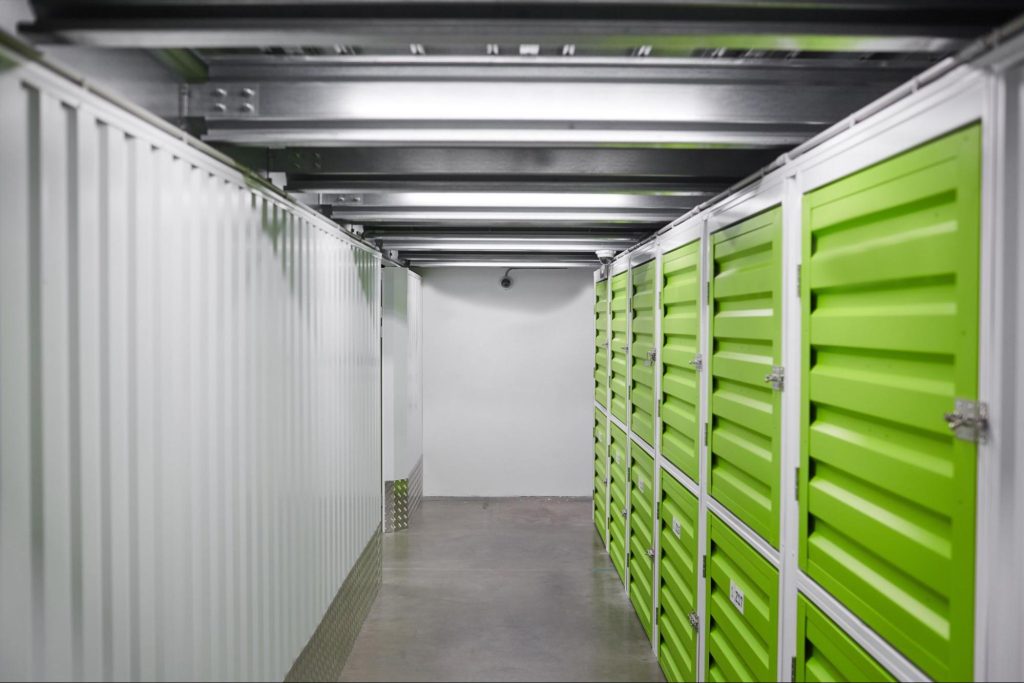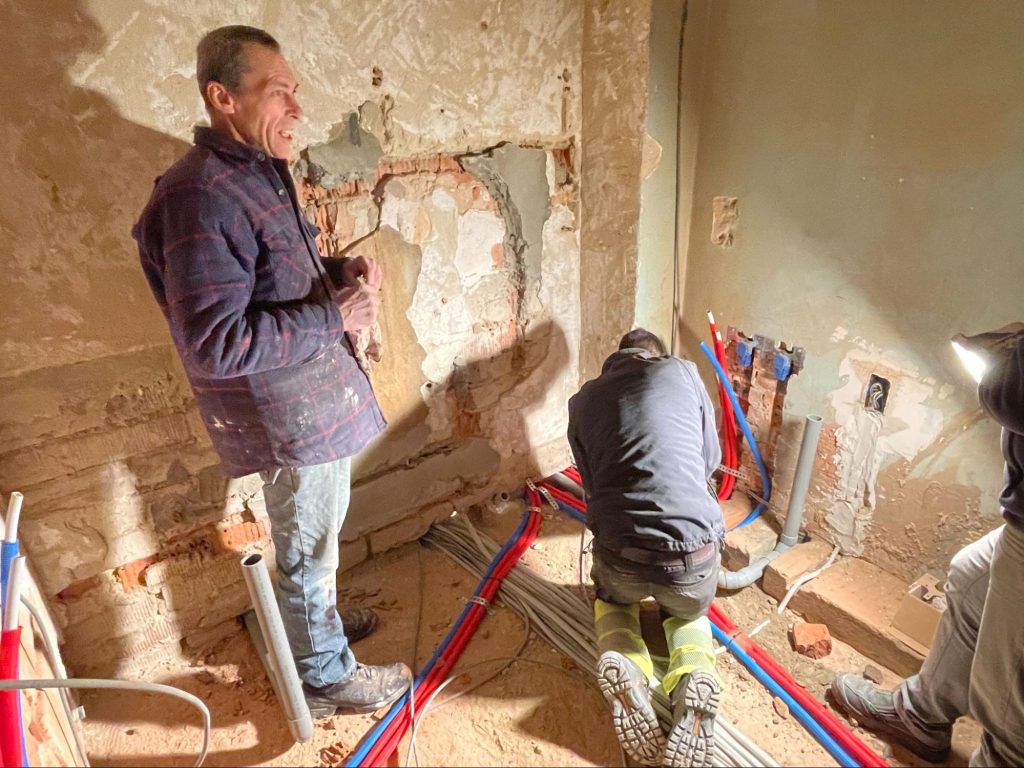How an Ozone Air Cleaner Works to Remove Odors and Contaminants
How an Ozone Air Cleaner Works to Remove Odors and Contaminants Air quality is essential to our health, comfort, and overall well-being. When odors, smoke, mold, or other pollutants compromise indoor air, many turn to an ozone air cleaner as a powerful solution. These devices are designed to neutralize contaminants at the molecular level, often in situations where traditional filters fall short. But how exactly does ozone purification work, and when is it appropriate? This comprehensive guide explains how an ozone air cleaner operates, its strengths and limitations, and how it effectively eliminates stubborn pollutants from your environment. The Science Behind an Ozone Air Cleaner Understanding how an ozone air cleaner works begins with a basic understanding of chemistry. Ozone (O₃) is a molecule composed of three oxygen atoms. It occurs naturally in the Earth’s atmosphere and is known for its powerful oxidizing properties. How Ozone is Created in Air Cleaners Ozone air cleaners generate ozone using either ultraviolet (UV) light or corona discharge. UV ozone generators utilize shortwave ultraviolet light to split oxygen molecules (O₂), which then recombine to form ozone. Corona discharge units, more common in commercial models, use an electrical arc to create the same reaction. Why Ozone is Effective Ozone is highly reactive. When it encounters pollutants such as bacteria, viruses, mold spores, or VOCs (volatile organic compounds), it breaks them down through a process known as oxidation. This reaction changes the chemical structure of the contaminant, neutralizing its harmful effects and eliminating associated odors. Where an Ozone Air Cleaner Excels: Targeting Tough Odors Not all air purifiers are built for the same job. One of the defining advantages of an ozone air cleaner is its effectiveness in removing persistent, embedded odors that traditional filters cannot handle. Smoke and Fire Damage Ozone is especially effective at neutralizing smoke particles and soot residues. After fire restoration, ozone treatment can eliminate the lingering smell that clings to furniture, carpet, and drywall. Mold and Mildew Odors While ozone does not replace mold remediation, it can significantly reduce musty odors and airborne mold spores in post-treatment environments. Pet and Cooking Smells Ozone treatments are effective for homes plagued by lingering pet dander, litter box odors, or strong cooking smells, such as fish, curry, or fried food. It targets the odor source rather than just masking it. How an Ozone Air Cleaner Removes Biological Contaminants An ozone air cleaner doesn’t just tackle smells—it also inactivates airborne microorganisms. This inactivation makes it a potential asset in improving indoor hygiene under specific conditions. Bacteria and Viruses Ozone oxidizes the cell walls of bacteria and viruses, disrupting their structure and rendering them inactive. This oxidation can help sanitize spaces in hospitals, gyms, and shared commercial buildings. Mold Spores Mold spores in the air are neutralized as ozone reacts with the proteins and enzymes that keep them viable. However, physical mold growth must still be removed manually for complete treatment. Dust Mites and Allergens Ozone can break down organic allergens, reducing their impact on sensitive individuals. Still, this should be combined with HEPA vacuuming and humidity control for maximum effectiveness. How to Use an Ozone Air Cleaner Safely and Effectively Due to its potency, using an ozone air cleaner correctly is crucial. While it can be a powerful deodorizer and sanitizer, improper use can pose risks to health and materials. Vacate the Area During Treatment People and pets should never occupy a space while ozone is in use. Ozone at high concentrations is harmful to the respiratory system. Treatment areas must be sealed off and ventilated afterward. Time-Controlled Usage Ozone generators should only run for a specific duration, typically between one and twelve hours, depending on the room size and the level of contamination. Most modern ozone air cleaners include timers and remote controls for this purpose. Post-Treatment Ventilation After the ozone cycle, wait an additional 30–90 minutes before re-entering the space. Open windows and run fans to disperse any residual ozone and ensure the air is safe to breathe. Comparing an Ozone Air Cleaner to Traditional Purifiers How does an ozone air cleaner compare to other popular purification technologies like HEPA filters, activated carbon, or UV-C lights? Each system has its strengths and ideal applications. HEPA and Carbon Filters HEPA filters are excellent at capturing particulate matter, and carbon filters excel at trapping gases and odors. However, neither destroys contaminants as effectively as ozone does. UV-C Purifiers UV-C light purifiers kill microbes using ultraviolet radiation. They’re safe for continuous use but are less effective at removing odors or VOCs unless paired with filtration. Electrostatic Air Cleaners These use charged plates to attract particles but do not neutralize odors or pathogens. Ozone offers a more aggressive response to embedded and airborne contaminants. Best Situations to Use an Ozone Air Cleaner An ozone air cleaner is not for daily use, but in the right situation, it’s the best tool for the job. Here are some scenarios where ozone is most effective. Real Estate Turnovers and Rental Units When cleaning a space for a new tenant or owner, ozone can erase signs of smoking, pets, or previous neglect. Water or Smoke Damage Restoration Restoration professionals often use ozone to deodorize areas affected by floods, fires, or sewage backups. It’s especially useful in crawlspaces and attics. Vehicles, RVs, and Boats Portable ozone machines are ideal for deodorizing vehicle interiors, particularly when spills, smoke, or mildew odors persist. Myths and Misunderstandings About Ozone Air Cleaners There’s no shortage of misinformation about ozone technology. Understanding what an ozone air cleaner can and can’t do is key to using it effectively and safely. Myth: Ozone Is Always Safe to Breathe False. While ozone is safe in the upper atmosphere, ground-level ozone is an irritant. High exposure to indoor pollutants can lead to coughing, chest pain, and lung irritation. Myth: More Ozone Means Better Cleaning False. Excess ozone doesn’t improve results and may damage sensitive materials, such as rubber, electronics, or upholstery. Follow manufacturer guidelines strictly. Myth: Ozone Replaces Cleaning Ozone is

